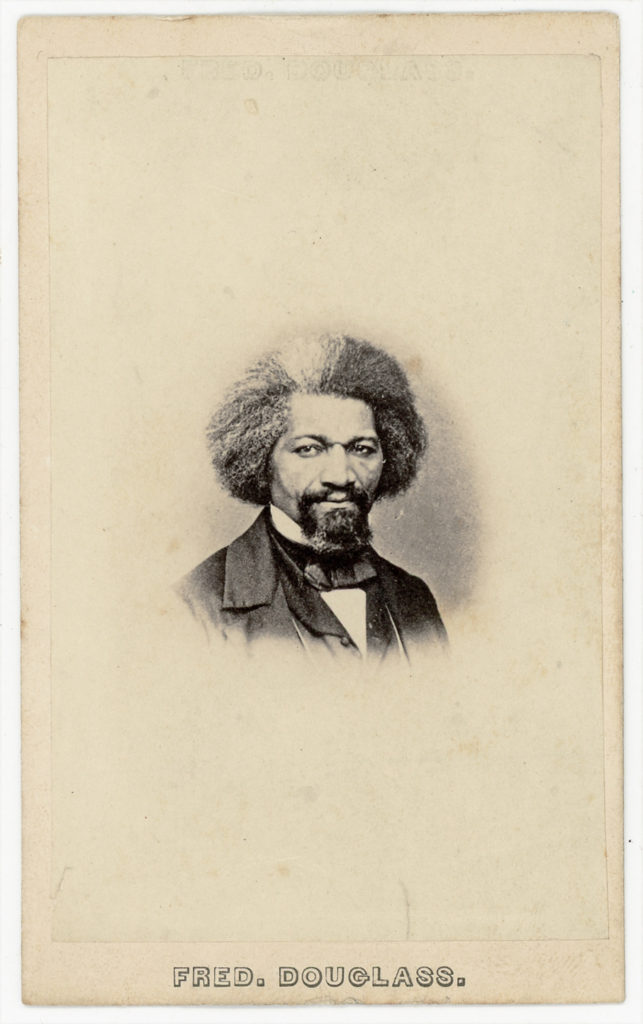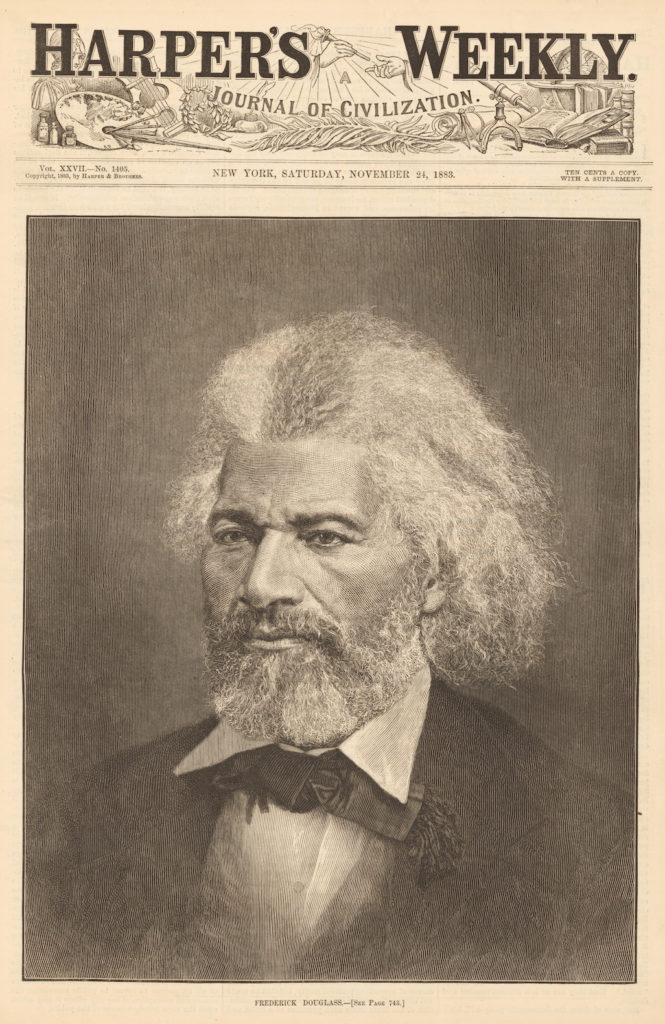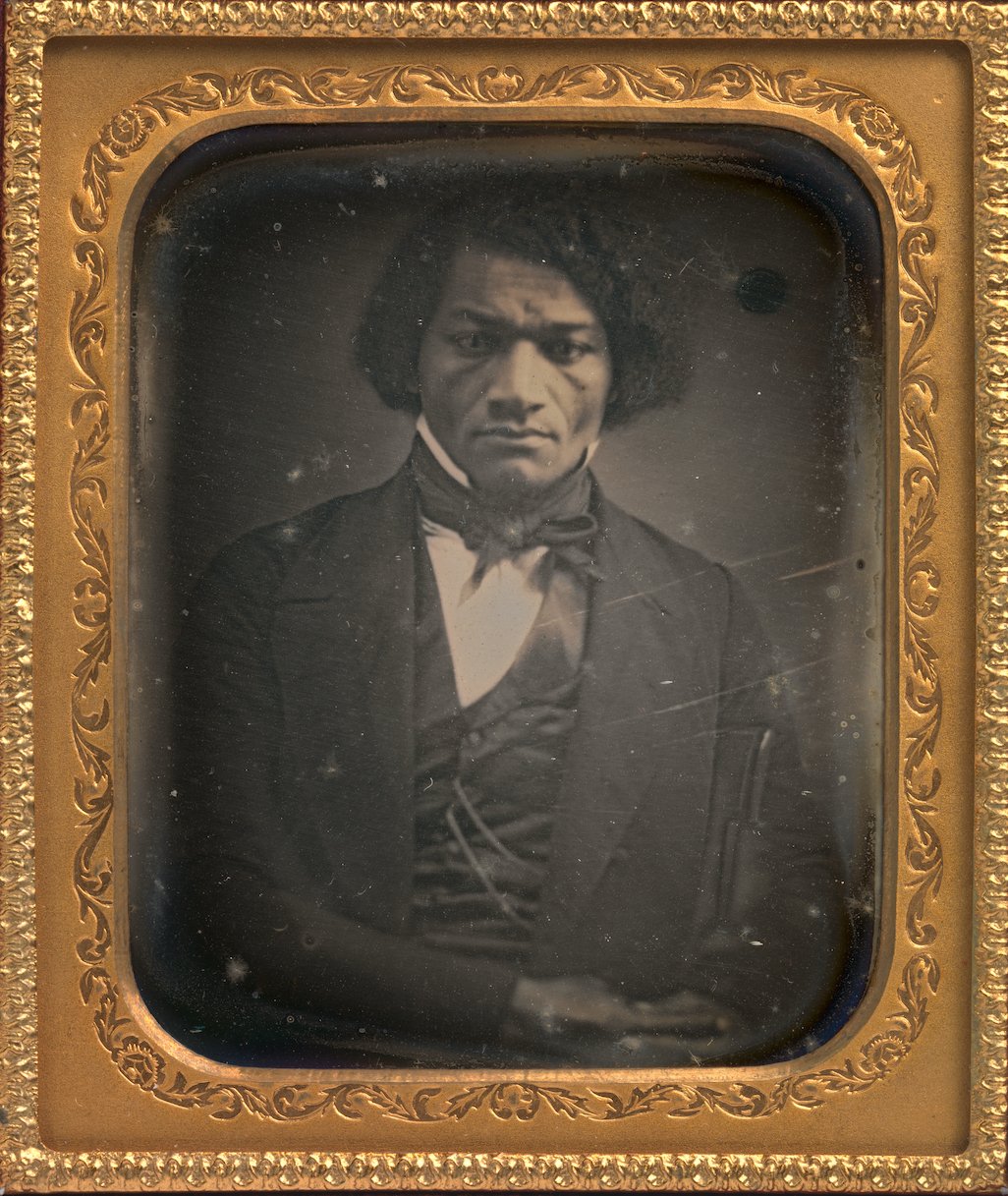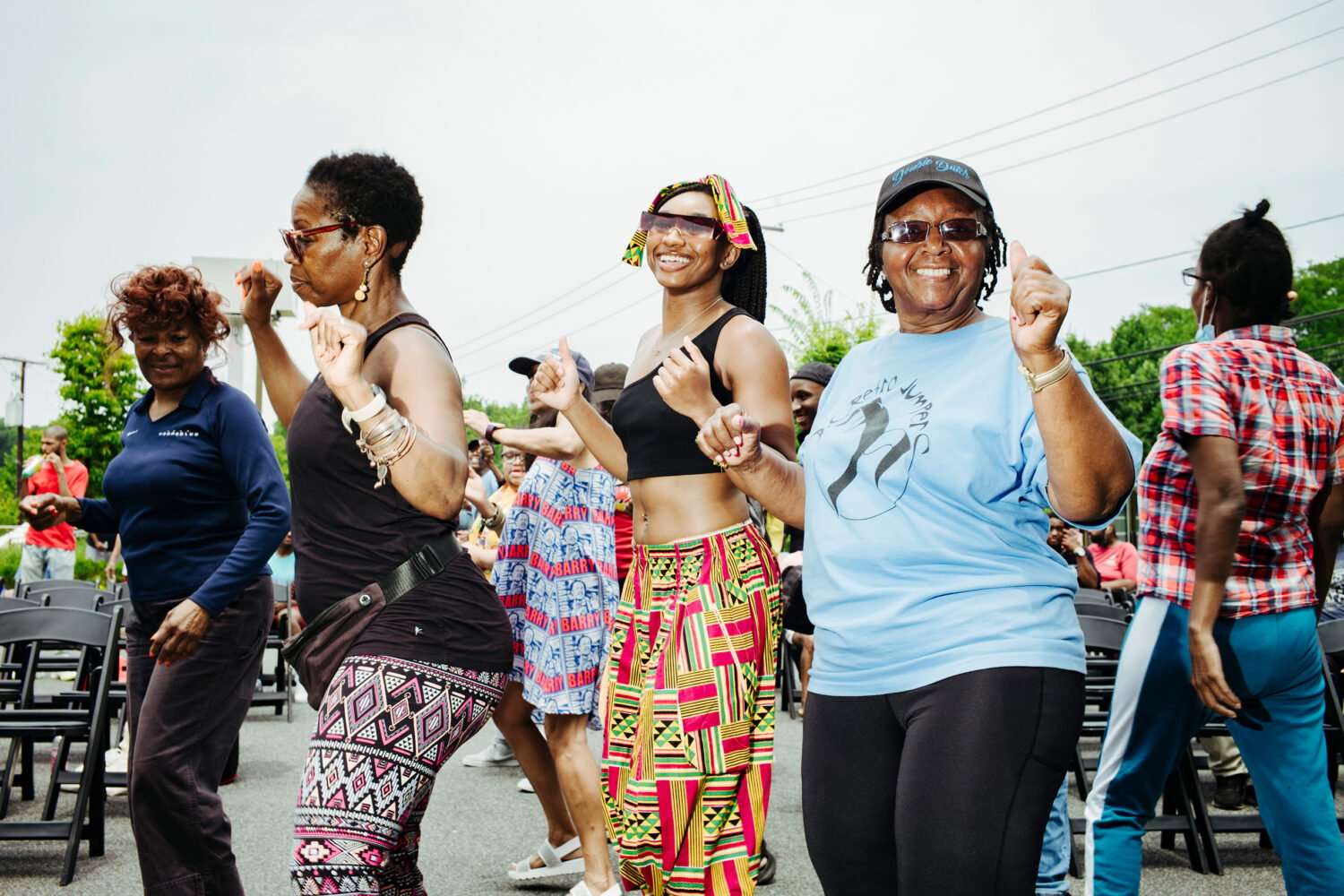On June 16 the Smithsonian’s National Portrait Gallery will present a new exhibition, “One Life: Frederick Douglass,” to commemorate the beginning of Juneteenth weekend.
Douglass was not only among the most influential writers, orators, and abolitionists of the 19th century—he was also among the most photographed. With this in mind, the exhibit will explore his legacy through prints, pictures, and ephemera.

Ann Shumard, the museum’s senior curator of photographs, serves as the consulting curator for “One Life,” while John Stauffer, an antislavery expert and professor of English and African American studies at Harvard, serves as guest curator.
“This comprehensive exhibition includes objects from all phases of [Douglass’s] life as a way to highlight the power of his remarkable impact,” Stauffer says in a press release. “It explores his friendship with President Abraham Lincoln, for example, as well as his enduring influence on artists and activists in the 20th and 21st centuries.”
Born into slavery on Maryland’s Eastern Shore in 1818 and escaping at 20 years old, Douglass used the literacy and public speaking skills he learned to establish himself as a social activist during the Civil War era. He made countless speeches in the name of abolition, published three autobiographies, started his own newspaper (The North Star, one of the longest-running Black newspapers of the 19th century), and befriended and advised President Lincoln.

“One Life: Frederick Douglass” will exhibit 35 objects, including his birth ledger, a pamphlet of his iconic speech “What to the Slave is the Fourth of July?” and a letter from Douglass to Lincoln. The exhibit will also feature portraits of other Black activists in Douglass’s social circle, as well as those who carried on his legacy afterwards: Harriet Tubman, Sojourner Truth, and Ida B. Wells, among others.
The exhibit can be found on the National Portrait Gallery’s One Life Gallery on the second floor and will remain there until April 21, 2024.



















